To spend the night outdoors, you don’t really need much. Besides the usual sleeping bag and good lighting, what IS a must, is a tent that’s right for you. If you’re new to the whole tent business, things can get pretty in-tents.
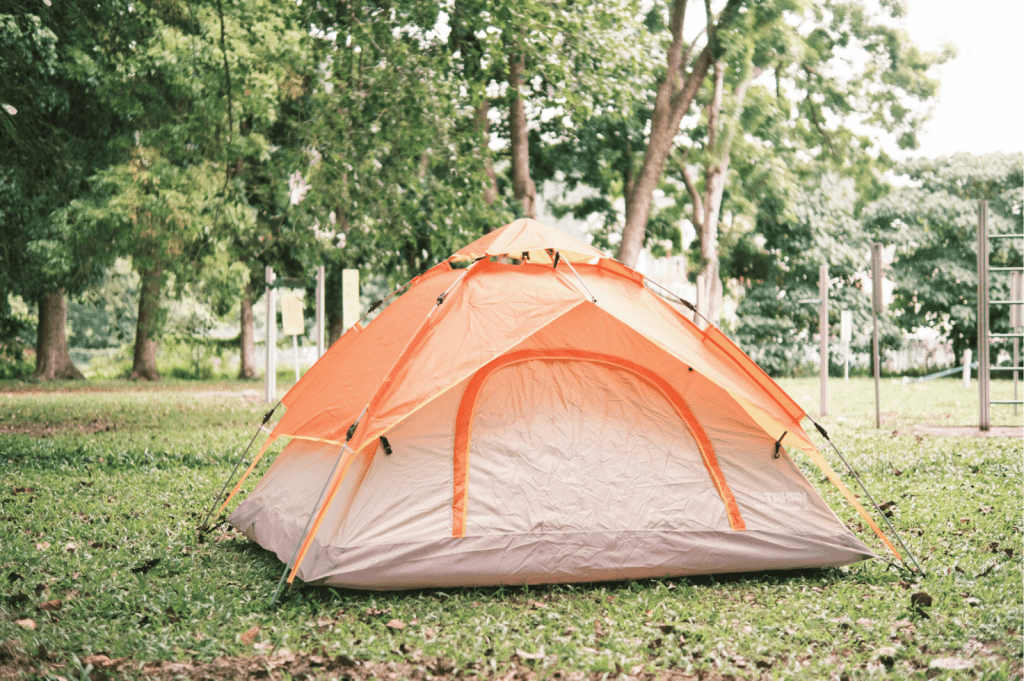
Here’s what you need to consider to get the right one for your needs – from the basics like size and material to what they’re gonna be used for (camping, of course but it’s way more than that).
But first…
1. The parts
Alright, here’s a breakdown of some key terms. Don’t worry, it’s not that complicated.
Rain fly
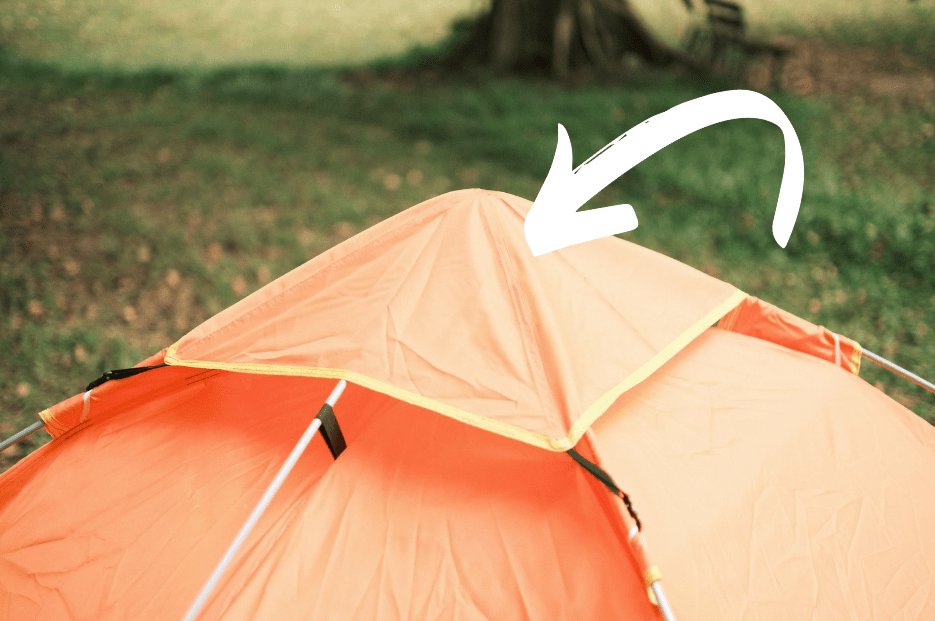
A rainfly is a separate piece of water-resistant or waterproof material that covers the top of your tent. Not all tents have it, but most of ‘em do. It’s designed to keep rain, snow and other elements from entering the tent without disrupting airflow.
Vents
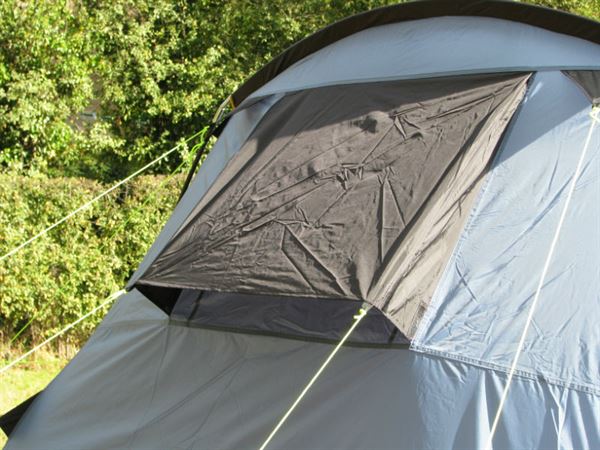
It’s quite self explanatory, really. It’s where airflow happens. And since rain flies are waterproof, many tents are designed to have vents near the top so moisture can exit the tent. More on this later!
Vestibule
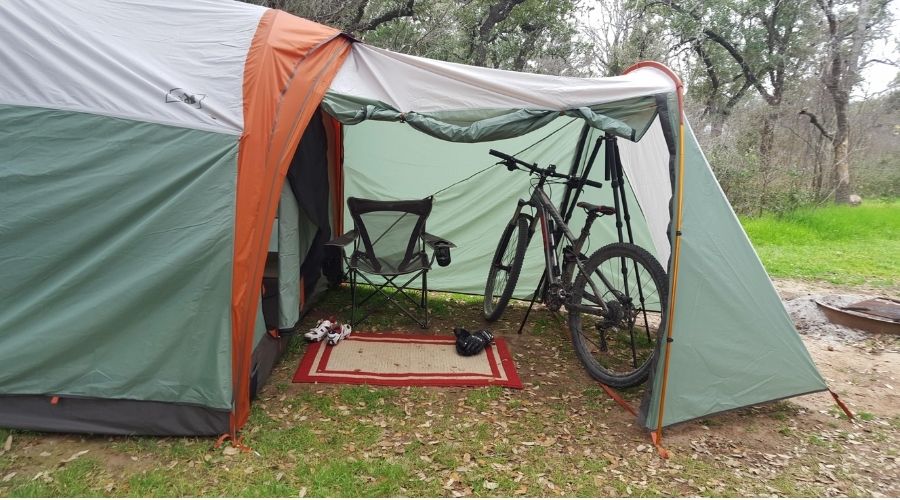
Vestibules are the porch that are either at the front or the sides of tents. They give extra space for you to stash your gear, or a spot for you to get change out of your wet clothes and gear before heading inside. However, not all tents have a vestibule
Tent poles
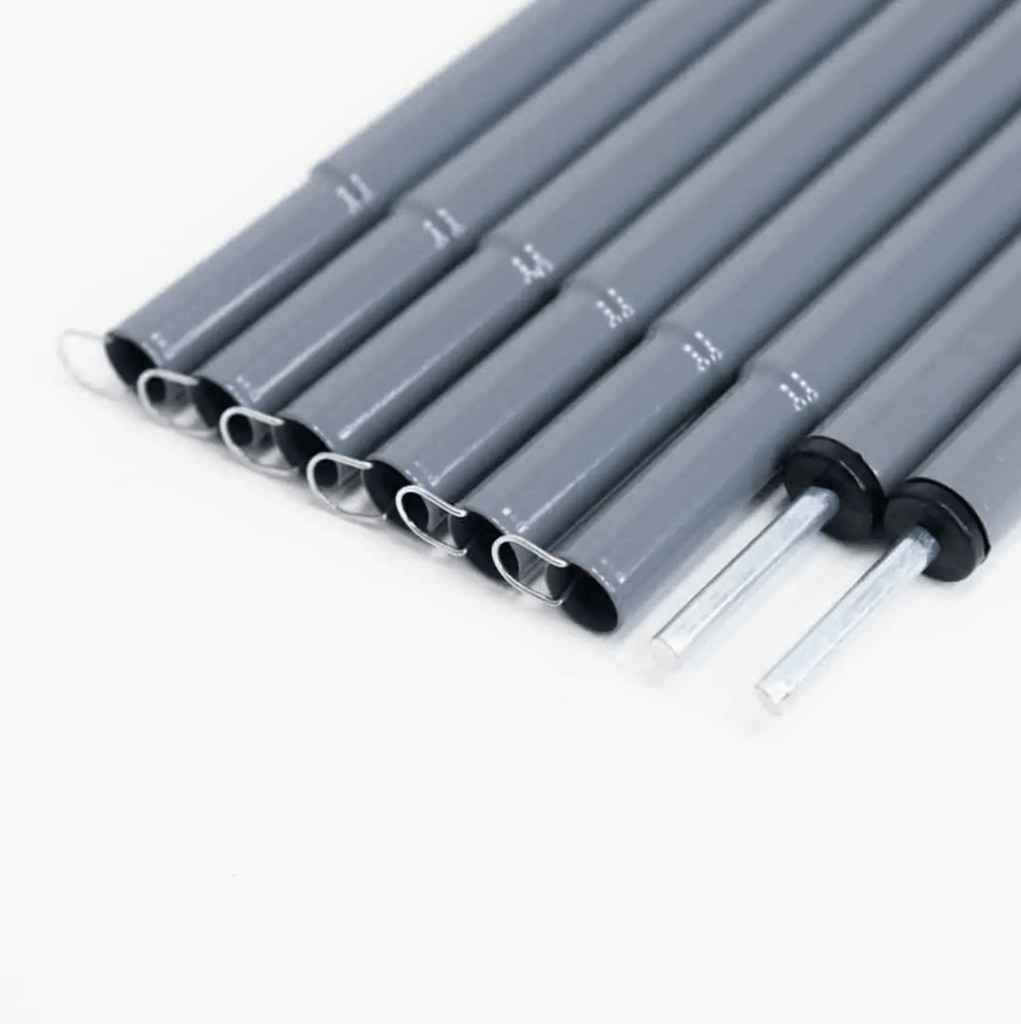
What’s essentially the skeleton, these poles form the frame of your tent. They’re the main reason why they can actually stand, basically. Fibreglass poles are more affordable and then there’s the more expensive aluminium poles and the high-end carbon poles I can never afford.
Guy lines
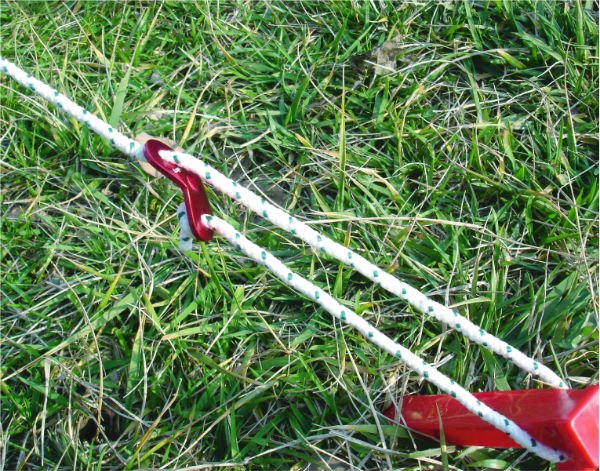
An anchoring cord that attaches to the tent. It’s used to keep it in place so it doesn’t get sent flying. A must-have for environments with strong winds.
Pegs
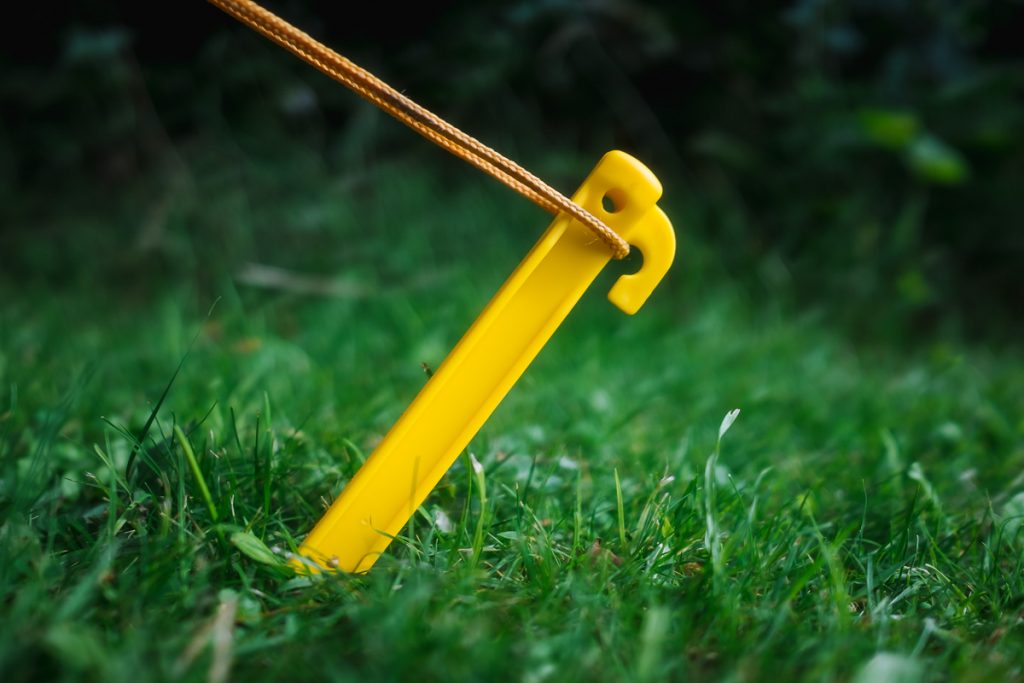
The thing pounded into the dirt to anchor the tent and guy lines.
2. Size – how many people are using it?
If you’ve been shopping for a while, you’ll likely notice that the sizes are by person (2-person, 3-person, etc.). But just because it says it’s for 2 people, it’s not exactly true. Here’s why.
A 2-person tent can fit just that – 2 people. So if you want a no homo camping experience with your best bro, best bet it’ll be one hell of an awkward experience if you’re sticking with a 2-person ‘cause you’ll basically be directly next to each other ‘cause of the tight fit. But of course, it’s great for couples.
Now let’s say you’re on a camping date with your partner, a 2-person might also seem great. But here’s the twist – there might not be enough space to put all your gear in depending on how much you’re carrying.
So what you need to be thinking of before you get the right size is:
- How many people are gonna use it?
- Do you have extra gear to store?
Unless you’re on a romantic date, it is usually recommended to go for a 3-person size if you’re planning on a 2-person camping trip. Always plus one! Depending on how much gear you’re carrying, you might also need some extra space to store your gear.
Here’s a quick way of understanding it:
- If you don’t mind being too close to your camping buddy(s), go for the exact number of people.
- If you need some personal space, +1
- If you need extra space for your gears, +1
3. What’s the occasion?
There’s a variety of different tents out there that are each suited for different environments. So what are you planning on doing? Beach camping? Backyard camping with the kids? Mt. Everest? Mars? Okay, maybe not Mars.
A casual summer camp calls for tents with lighter weight material and better ventilation. I mean, since it’s Malaysia, it’s practically summer all year long. If you’re more of a hardcore mountain-top camper, then perhaps you should be looking for geodesic tents.
While we do have a full guide on the most popular types and what they’re good for, here’s a quick breakdown:
Dome tents
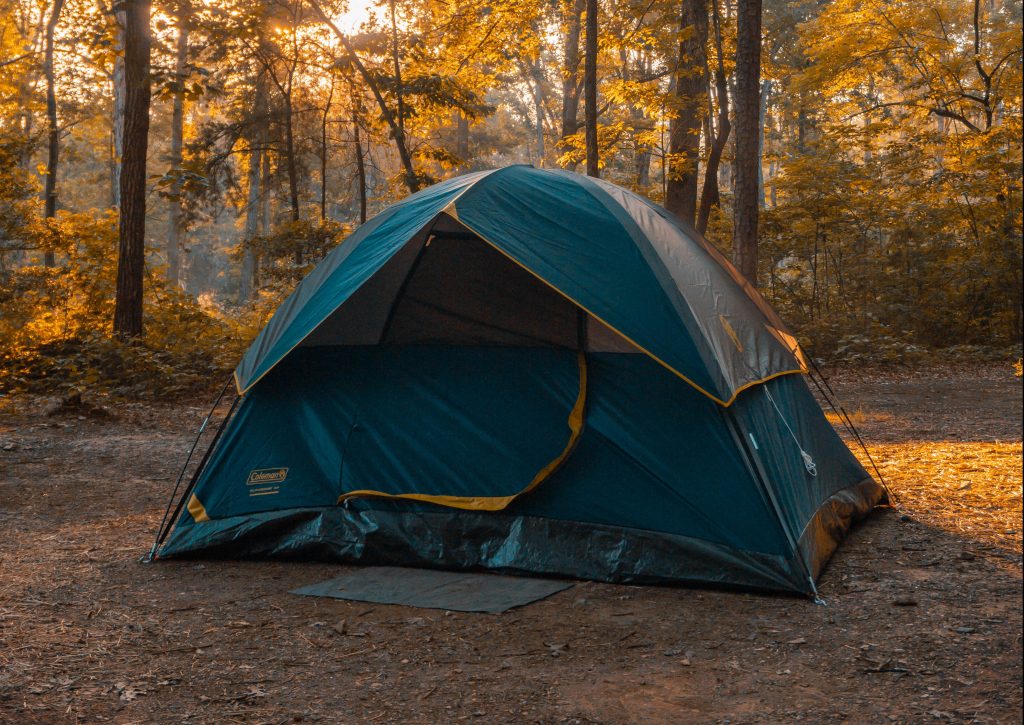
- Lightweight
- Decent weatherproofing, although not the best
- Suitable for casual weekend camping
Pop-up / Instant tents
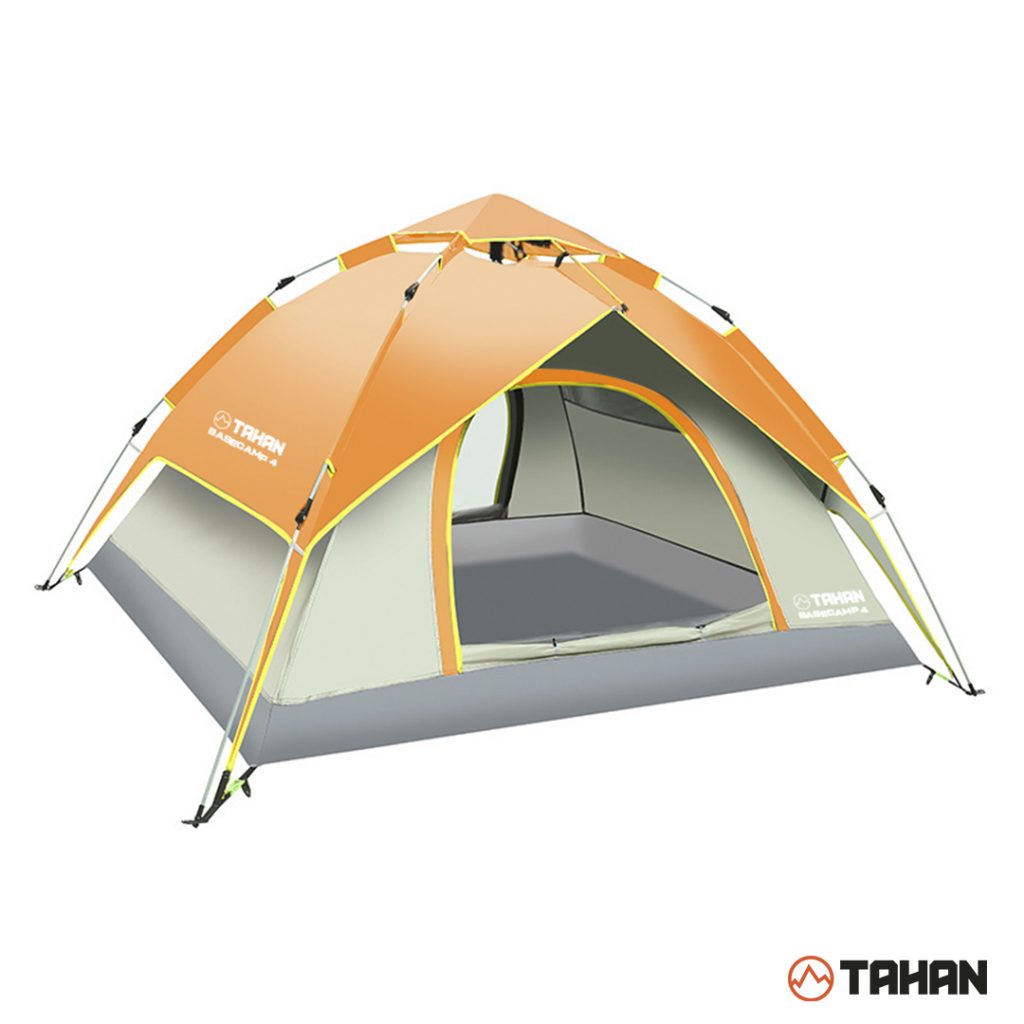
- Super quick setup
- Beginner friendly
- Uses may vary depending on model, but most are used for beach camping
Geodesic / Semi-geodesic tents
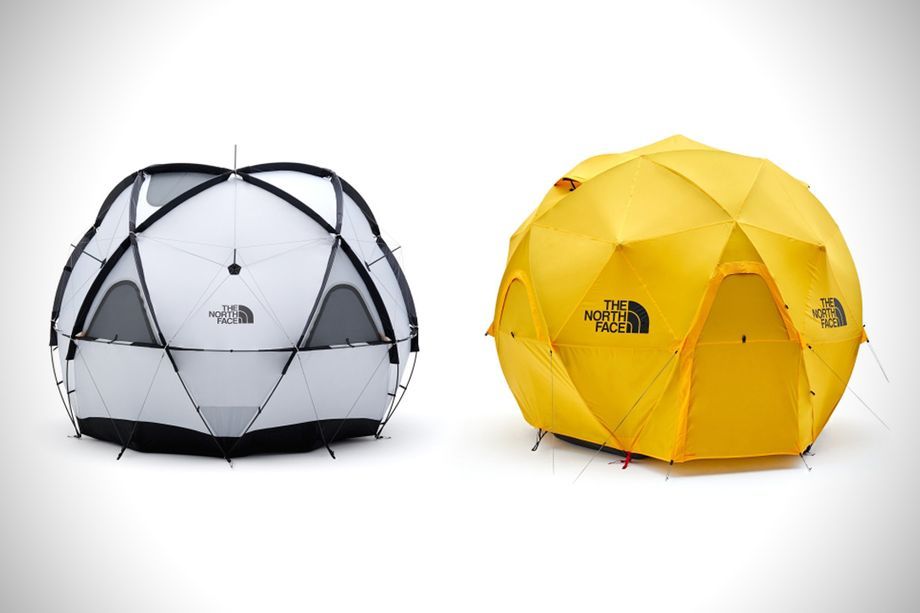
- Can be complicated to set up
- Extremely sturdy and stable
- Highly effective against strong winds, good for extreme weather conditions
Tunnel tents
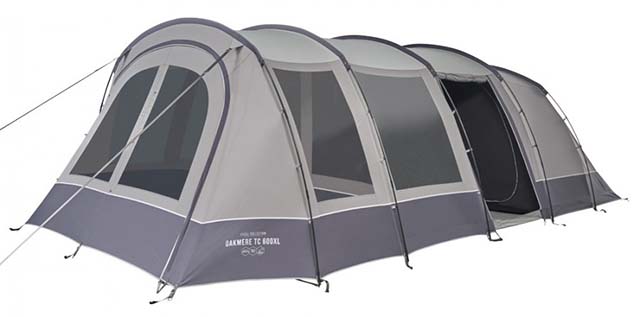
- Very spacious
- Stable
- Good for family camping
4. What’s the right material to look for?
What’s perhaps the most important part of any tent, the material and fabric also determines its price. When it comes to waterproofing, each material also comes with a drawback.
Nylon and polyester tents have great waterproofing but they slowly deteriorate overtime when exposed to sunlight. For something that’s a little more durable and doesn’t deteriorate, canvas ones are excellent but they do get pretty heavy when water is absorbed. So it’s really a question of which you prefer.
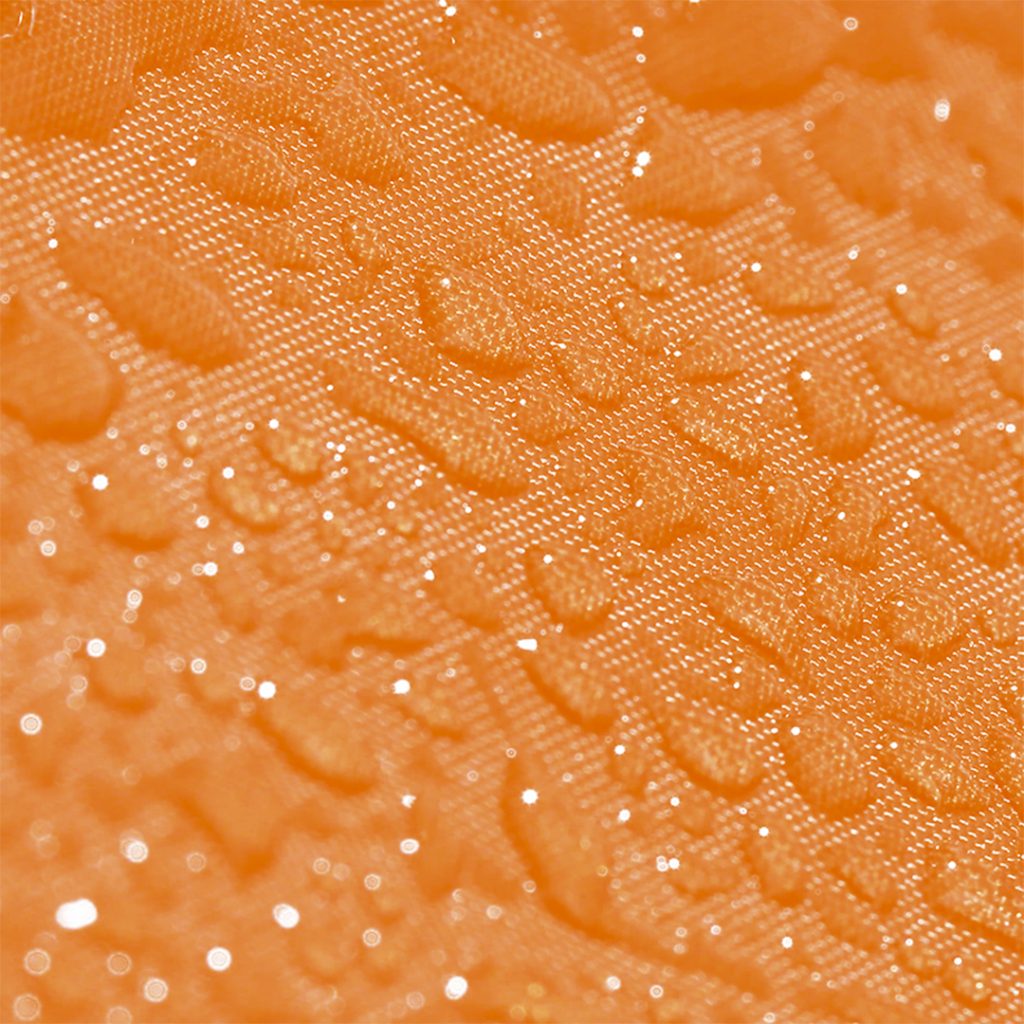
While many tents say they’re waterproof, cheaper ones aren’t THAT waterproof. So keep an eye out for rip-stop fabrics instead which are much better and more resistant to ripping and tearing.
5. How much weight are you okay with?
Are you gonna hike quite a distance or are you straight up car camping?
Having a lighter weight one for the trails is a no brainer unless you’re fully jacked up and have the strength to carry a large family-sized with you. Otherwise, NOT RECOMMENDED.
Some family tents are so huge that when they’re packed, they’re way too big to carry. Even if you’re hella strong, it’s not gonna be a convenient experience if you’re taking one with you on a hike.
Oh, and some even require serious muscle to get ’em on the roof of your car. So there’s that.
6. Vents, vents, vents!
First of all, why vents?
If you’ve been in a not-so-ventilated tent before, you may have experienced your clothing getting wet from just touching the walls or your bed getting all damp. And that, ladies and gentlemen, is the dirty work of condensation.
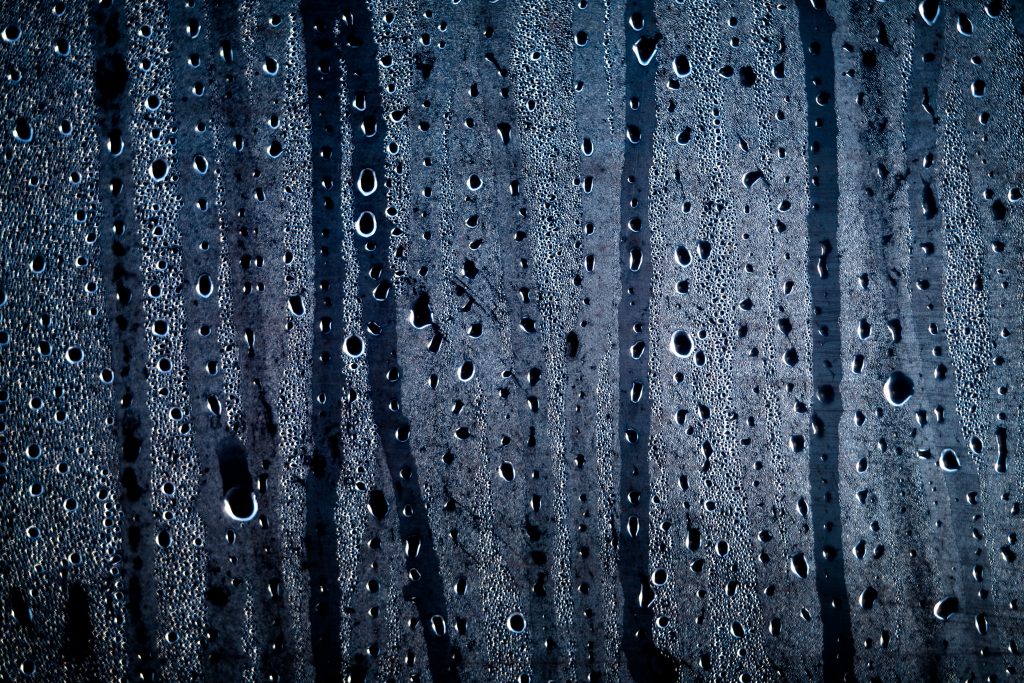
Okay, how exactly does condensation happen in a tent? Let me explain:
- We exhale about a litre worth of water vapour as we sleep at night (Crazy. I know!).
- If your tent is unventilated, water vapour gets trapped inside, making the air inside warmer and increasingly humid.
- When humid air comes into contact with cold surfaces like the walls, the moisture condenses into liquid.
- The result is a bunch of water droplets on your tent’s wall.
It’s also important to note that any wet items you have inside also adds to the moisture, so dry up if you can!
Anyways, there’s 2 options to prevent this. Either stop breathing (which we know can’t happen), or have vents so the water vapour we exhale can escape. Just like your emotions, don’t bottle it up!
So there’s 3 vent types:
1. Roof vents (a.k.a fly vents)
- These vents are always at the fly or roof and are very important for allowing water vapour to escape.
- Rain may get in if placed too high
- Condensation occurs in the rain fly if set too low
2. Floor vents
- They’re usually located above the floor or under the windows
- Brings in an inflow of fresh air from the ground which is often cooler than the air higher above
- Combines nicely with high vents to create vertical airflow for a more pleasant atmosphere
3. Wall vents
- Commonly found in tunnel tents, wall vents are kinda like windows and are usually paired with mesh sections on the inner layer
So unless you’re not planning on sleeping overnight and you’re only using it as temporary shelter, be sure to grab a tent with vents.
And that’s about it…
Be sure to consider everything above before shopping for one ’cause sometimes certain cool features can be tempting. Problem is, you might end up wasting some of your money on something you don’t need. Gotta always get the bang for your buck!
But hey, if you’re shopping for one right now, you might wanna check out some of our tents we have in store and see if they fit what you need! Happy shopping, and happy camping!
If you’re new here, do follow us on Facebook, Instagram and Twitter to get the latest update on our products and campaign


Shop Our Gears
Camp & Hike
TAHAN
COMBO
SLEEP SYSTEM
More tips that you might find useful:
12 Secrets to Getting Cheap Flights in Malaysia
1 Comments
马来西亚露营:户外探险综合指南
Camping in Malaysia: A Comprehensive Guide to Outdoor Adventures
2 Comments
Conquering Mount Kinabalu: A Hiker’s Guide to Malaysia’s Highest Peak
Camp Cooking Gear Guide – Build the Ultimate Camp Kitchen!
Top 5 Most Popular Campsites in Selangor
Ultimate Guide to Tropical Leisure Camping in Malaysia: TAHAN’s Top 5 Gear Picks
The Ultimate Guide to Hammock in Malaysia: Comfort, Adventure, and Relaxation